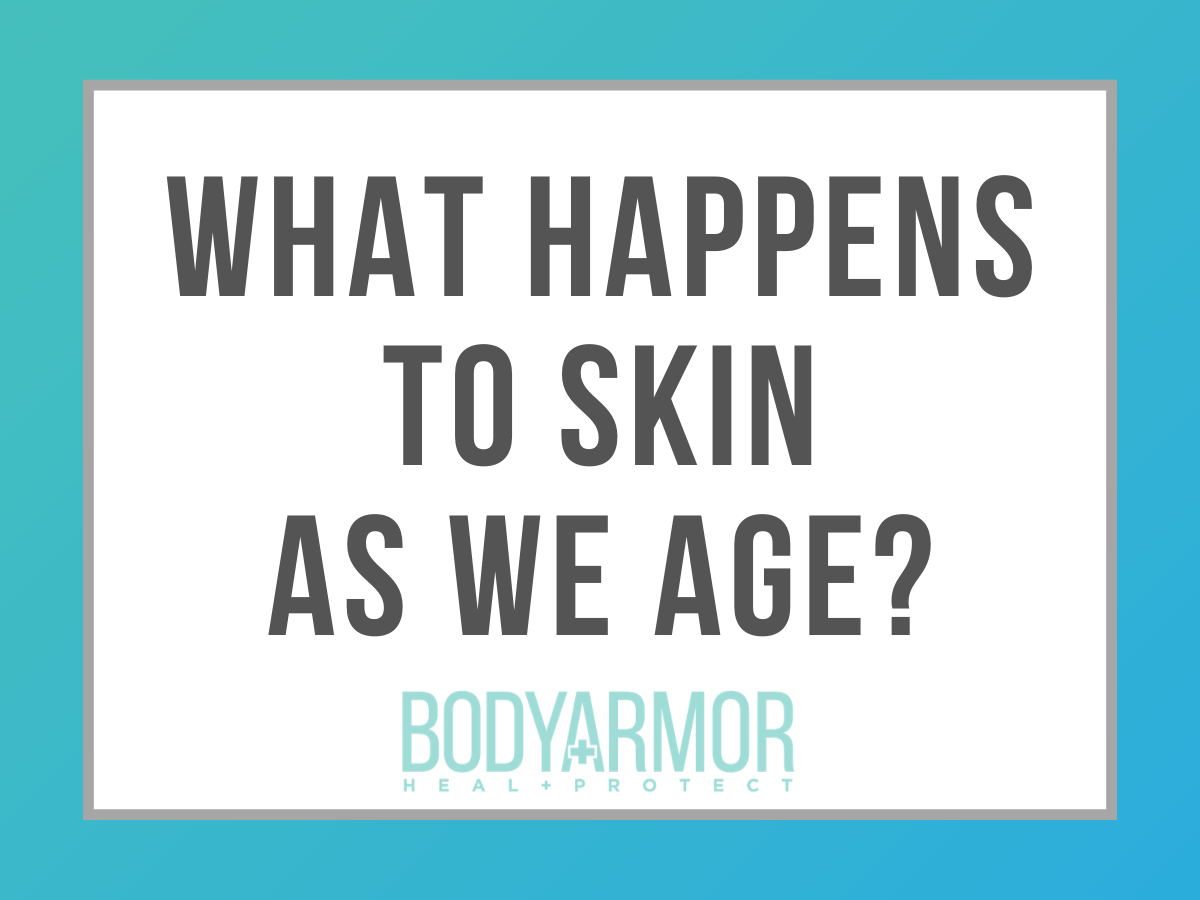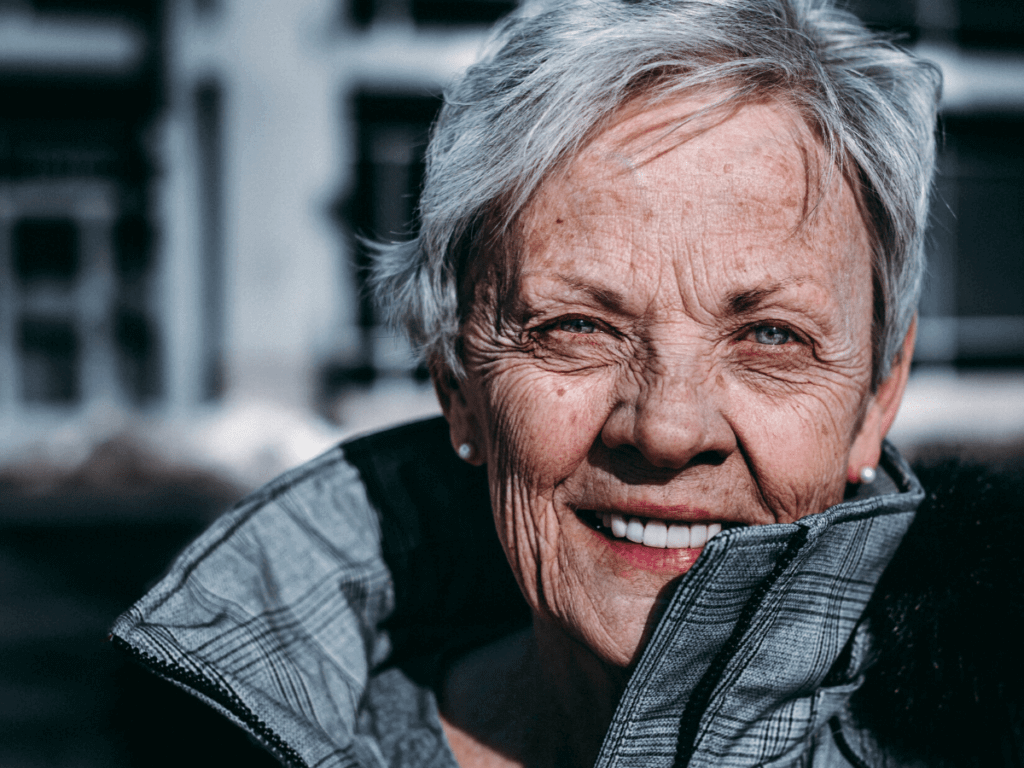
As we age, our skin goes through several changes that make it more fragile and more susceptible to injury.
Let’s take a closer look at some of these age-related skin changes, and how they affect wound healing.

Thinning of Skin Layers
Skin is made up of two main layers: the dermis (inner layer) and the epidermis (outer layer). Together, these layers are responsible for regulating body temperature, protecting the body from injury, and providing a barrier from elements of the outside environment.
Over time, both the dermis and the epidermis layers of skin become progressively thinner. This results in a reduction of surface area for nutrient transfer, meaning oxygen and nutrients are not able to pass between the layers of the skin as efficiently.
In addition, the connecting layer between the dermis and epidermis, called the basement membrane, flattens with age. With less protective cushioning, the two layers are more prone to friction and injury.
Skin tears are an example of wounds more commonly seen in older adults due to these layers sliding against one another.
Reduced Rate of Cell Turnover
New cells move up from the base of skin towards the surface, continuously replacing older cells.
In aging skin, the rate of this cell turnover process slows down. So, in older people, any injury or damage to the skin requires more time to fully repair.
Decreased connective tissue components
Aging affects many important elements needed for building and repairing connective tissue. Reduced production of collagen and elastin causes decreased strength, elasticity, and resilience in older skin.
These connective tissue changes are some of the key factors that contribute to development of wrinkles in older individuals.
In aging skin, sebaceous glands secrete less sebum (oil), which is an essential component of balancing skin pH levels and protecting from bacteria. This reduction of sebum also decreases skin moisture and can cause problems like dry skin and itching.
Age has also been found to impact the function of eccrine (sweat) glands, which play a key role in cell regeneration and body temperature regulation.

Increased Capillary Fragility
Capillaries are tiny blood vessels that connect the arterial and venous systems. They facilitate the exchange of nutrients and waste products between veins and arteries.
With age, capillary walls become thin and fragile, which contributes to the easy bruising commonly experienced by older individuals.
When capillaries are broken or damaged, they are not able to effectively carry oxygen and nutrients to the wound tissue or carry waste and debris away from it.
Aging also slows the rate of new blood vessel formation, which can contribute to slower wound healing.
Delayed Inflammatory Response
The inflammatory response is an automatic immune reaction that usually starts immediately following an injury. However, research shows that aging may affect the triggering and regulation of the inflammatory response.
As a result, inflammation can persist longer than normal and even become a chronic issue. This prolongs the time it takes for wounds to heal and increases the risk of complications.
Since these age-related changes can impact the rate of wound healing, it’s especially important for older individuals to take steps to prevent wounds from occurring.







